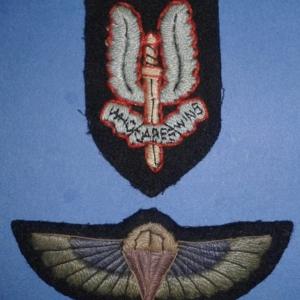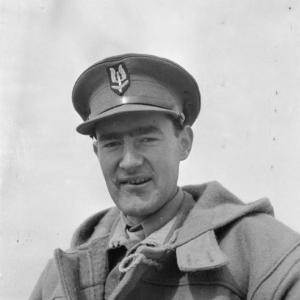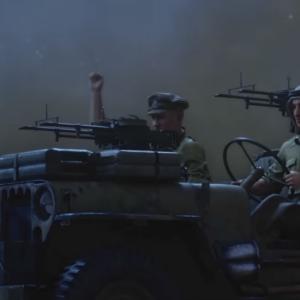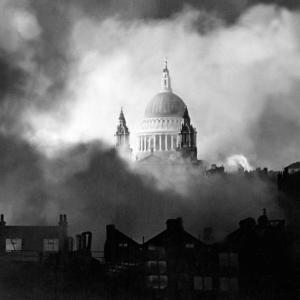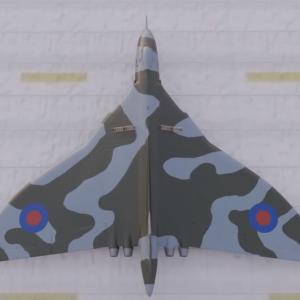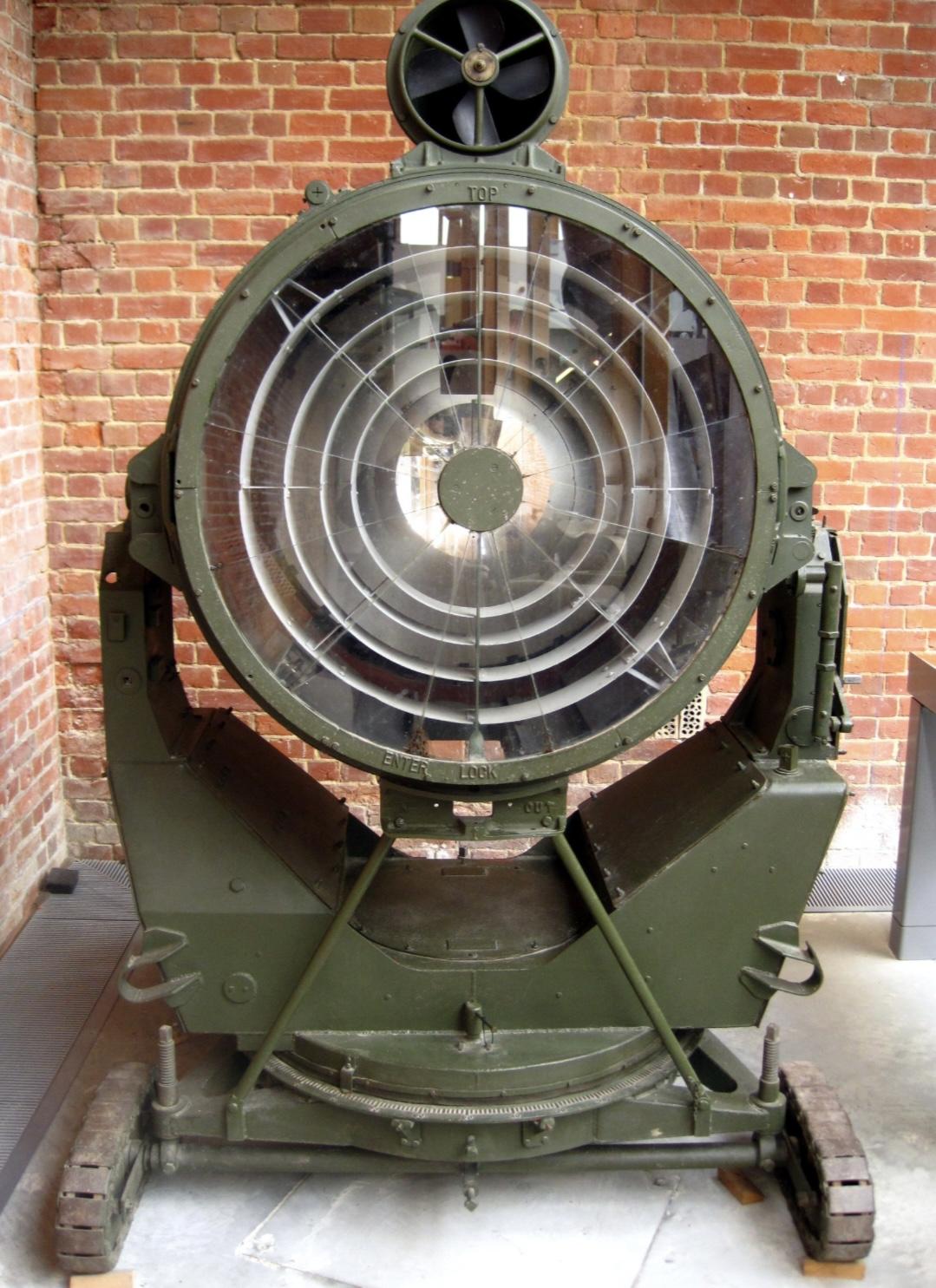
Anti aircraft search light 90cm
The 90cm anti-aircraft searchlight was a crucial component of Britain's air defense network during the Second World War. Developed in the late 1930s as tensions in Europe escalated, this searchlight was primarily designed and built under the direction of the British Ministry of Supply, with engineering input from firms like Siemens Brothers and General Electric Company (GEC). The 90cm designation refers to the diameter of the mirror—roughly 3 feet across—which was parabolic and silvered to maximize the intensity and direction of the beam. The light source was a high-powered carbon arc lamp, which generated an intense, narrow beam capable of reaching altitudes exceeding 20,000 feet. When properly operated and coordinated with radar and gun-laying systems, these beams could track enemy bombers flying at night, providing visual targeting for anti-aircraft guns and assisting night fighters in making interceptions.
The design of the searchlight was based on earlier models developed during and after the First World War, but it was significantly improved in terms of range, reliability, and ease of operation. The carbon arc mechanism worked by feeding two carbon rods together, creating an electrical arc that emitted brilliant white light. This arc was housed within a small combustion chamber that required regular maintenance due to the intense heat and carbon residue. To focus the beam, the arc was placed precisely at the focal point of the parabolic mirror. The entire unit was mounted on a rotating chassis that could be elevated and traversed by a trained crew. Operators used manual controls and, later in the war, electric motors linked to radar stations to follow aircraft more accurately.
Manufacturing of the 90cm projectors was handled by several industrial firms across Britain, coordinated to ensure adequate production to meet the demands of the growing Anti-Aircraft Command. Thousands were produced between 1938 and 1944, with a significant number stationed across the British Isles, particularly around key industrial areas, ports, and cities vulnerable to Luftwaffe raids. They were also exported to Allied nations under Lend-Lease agreements and saw use in various theaters beyond Britain, including North Africa and the Far East.
The primary operators of the 90cm searchlights were units of the Royal Artillery, specifically those within the Anti-Aircraft Command. These units were reorganized throughout the war but typically consisted of searchlight regiments composed of multiple batteries, each assigned a series of lights across a geographic sector. The coordination of these lights into what was called a ‘killer belt’ or ‘indicator belt’ allowed for overlapping coverage. Initially, many of the crews were male, but as the war progressed and more men were needed on the front lines, large numbers of women from the Auxiliary Territorial Service (ATS) were trained to operate them. Though officially classed as non-combatants, many ATS members performed vital night-time duties under blackout conditions, often during bombing raids. By the end of the war, the 90cm searchlight had become an iconic element of Britain’s home front defense—its beams cutting through the dark skies as silent sentinels searching for the enemy.

